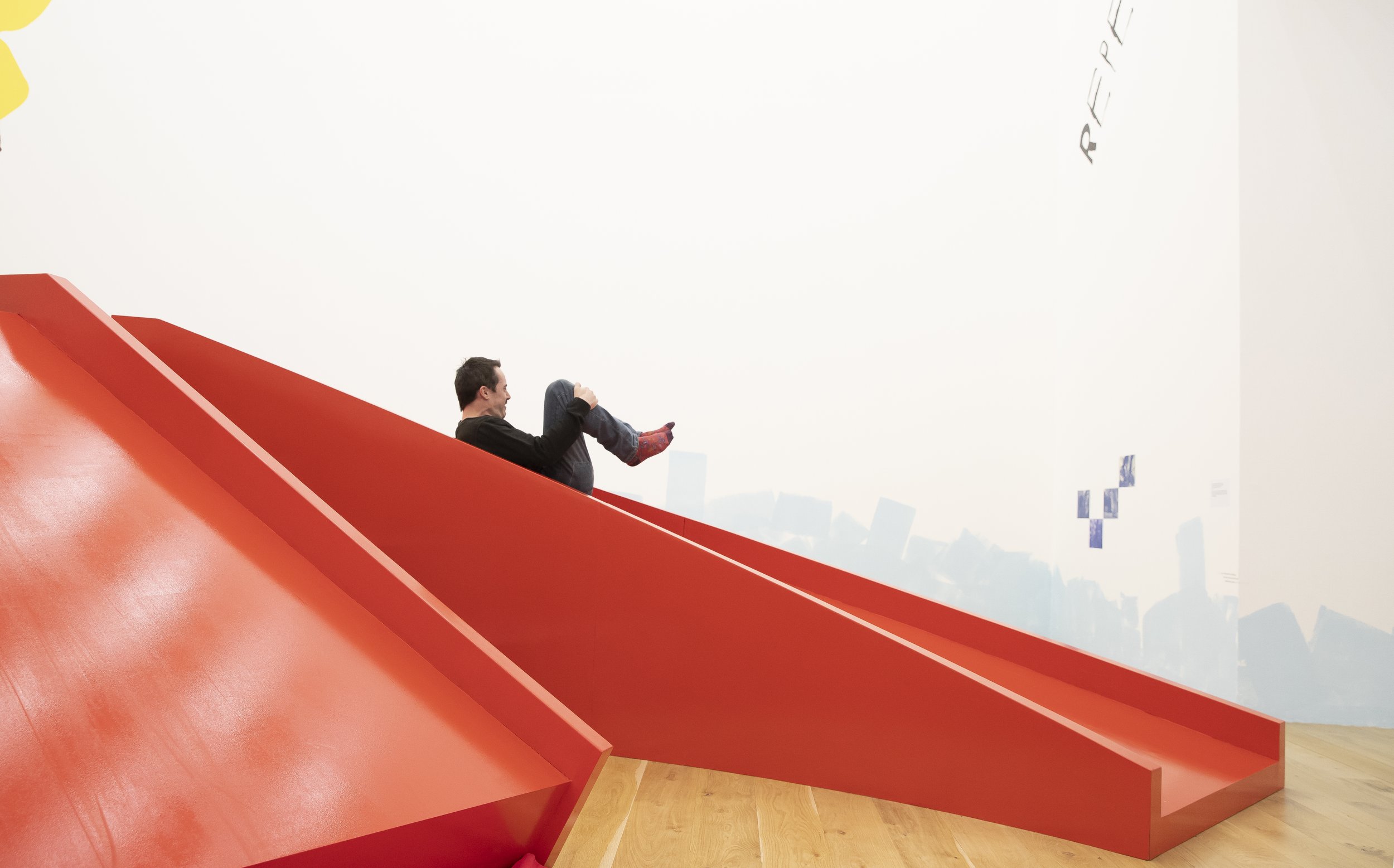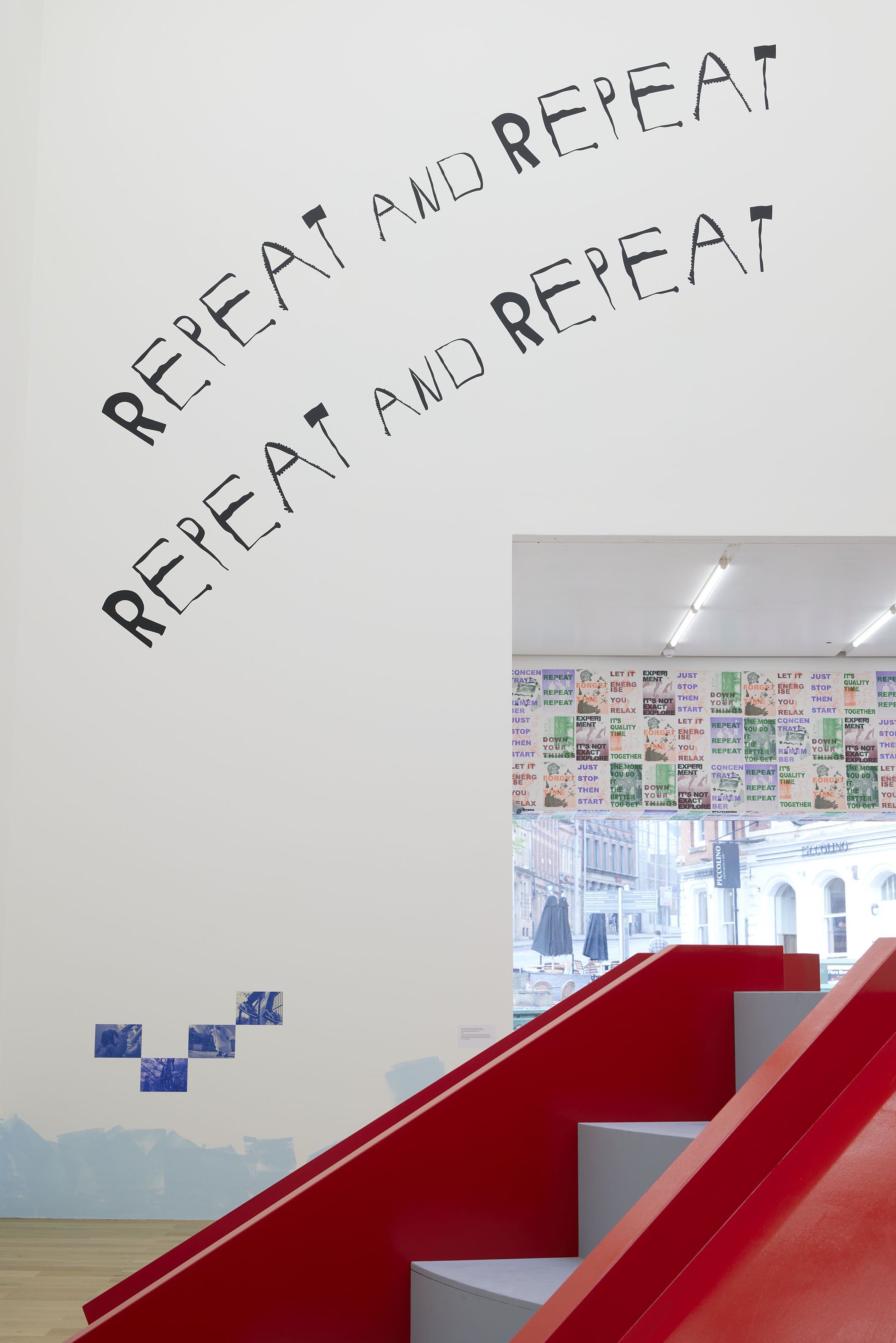
Assemble and Schools of Tomorrow: The Place We Imagine
A group show with Turner prize winning collective Assemble and Schools of Tomorrow
With artists Peter Rumney, Gillian Brent, Sian W Taylor and Laura Eldret, supported by Lisa Jacques and Amanda Spruyt
Assemble + Schools of Tomorrow: The Place We Imagine - Nottingham Contemporary
The Place We Imagine: Assemble + Schools of Tomorrow - Assemble (assemblestudio.co.uk)
Photos: Julian Hughes




“The exhibition is inspired by a drawing of the Museu de Arte de São Paulo, made by the Brazilian architect Lina Bo Bardi in 1968, the year of the museum’s opening. The drawing depicts an impossible reality where children play freely under the belvedere of the building itself, bringing the life of the gallery onto the streets. However at this time, such activity was impossible due to the military dictatorship (1959-84), which in 1968 was at its height
At the centre of the drawing is an unusual looking slide come musical instrument, which we have called the Big Red. Adjacent, children are shown playing among a range of creatures arranged in a circle on a rainbow painted floor. To the right, a series of tunnels seemingly disappear underground, while in the background, a large ball hovers in the air, which on closer inspection one can see is in fact made from foil, collaged onto the drawing.
Everything is oversized as if seen through the lens of the child, creating a benign and joyful perspective of this contested public space. For ‘The Place We Imagine’, we have reimagined these unbuilt sculptures at 1:1, bringing them into Nottingham Contemporary’s gallery spaces as a way to rethink the role of the institution as a public facility in Nottingham’s city centre.
Ongoing work produced by the Associate Artists at Nottingham Contemporary is displayed on the gallery walls ranging from Charlotte Tupper’s subversive piece which encourages visitors to rethink and challenge rules in the gallery to Peter Rumney’s elegant and subtle use of disappearing narratives that can be found on surfaces across the two spaces”
Photos: Stuart Whipps










